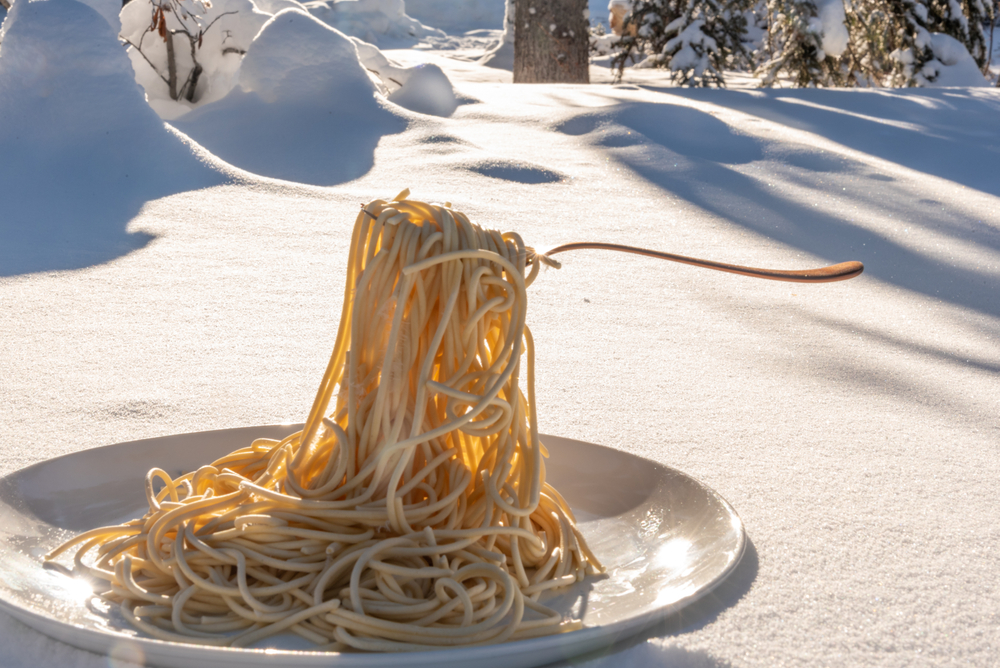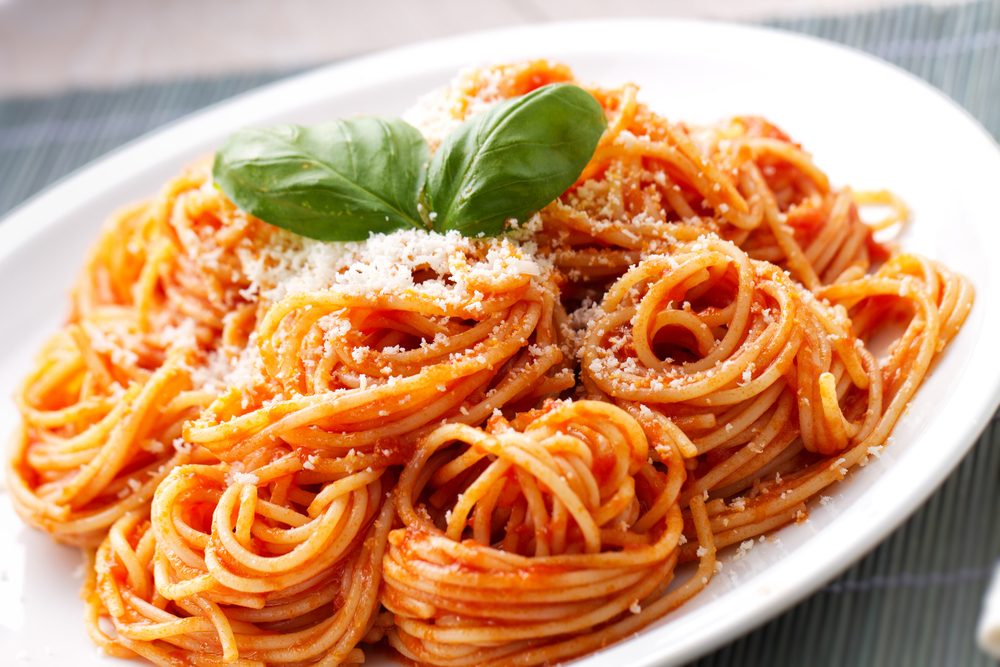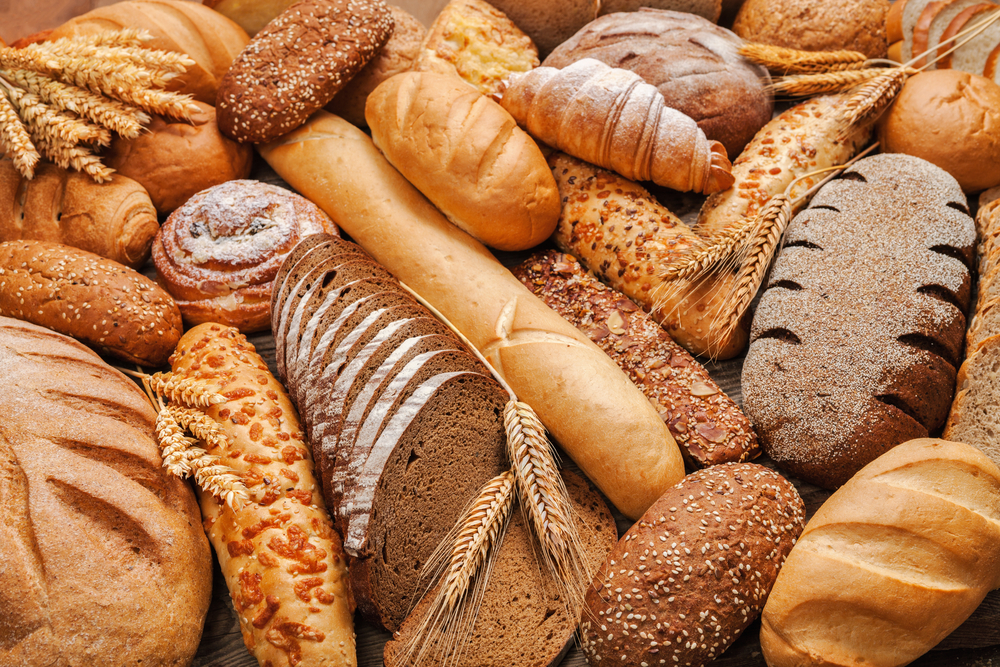Garlic is known to have a strong flavor. This strong flavor can make you aware of the presence of garlic in many dishes, such as spaghetti and garlic bread. Since so many dishes have garlic as one of its flavors, garlic must taste good. So what makes garlic taste so good?
Garlic is known for its strong flavor. This strong flavor is caused by a compound called allicin that is present in garlic. This compound is often produced when garlic is chopped or crushed, which is why the flavor is so strong when garlic is incorporated in many dishes.
Continue reading to learn more about garlic as well as why garlic tastes so good.
What is Garlic?
Garlic is a plant that is shaped like a bulb. The garlic plant originates from Central Asia. Garlic is a close relative of the onion and grows underground.
Garlic tends to have a whitish coloration, although it can have brown spots. These brown spots are the result of bulb mites that eat the garlic. The brown spots are just scarring on the bulb of the garlic as a result of the mites eating the garlic. While it may seem unsafe to eat garlic that has these brown spots, it is perfectly safe, since the mites are not dangerous to us.
Garlic is used in many dishes to add flavor. Some common dishes that include garlic are:
- Garlic bread
- Spaghetti
- Garlic knots
- Garlic sauce
- Honey garlic pork meatballs
What Does Garlic Taste Like?
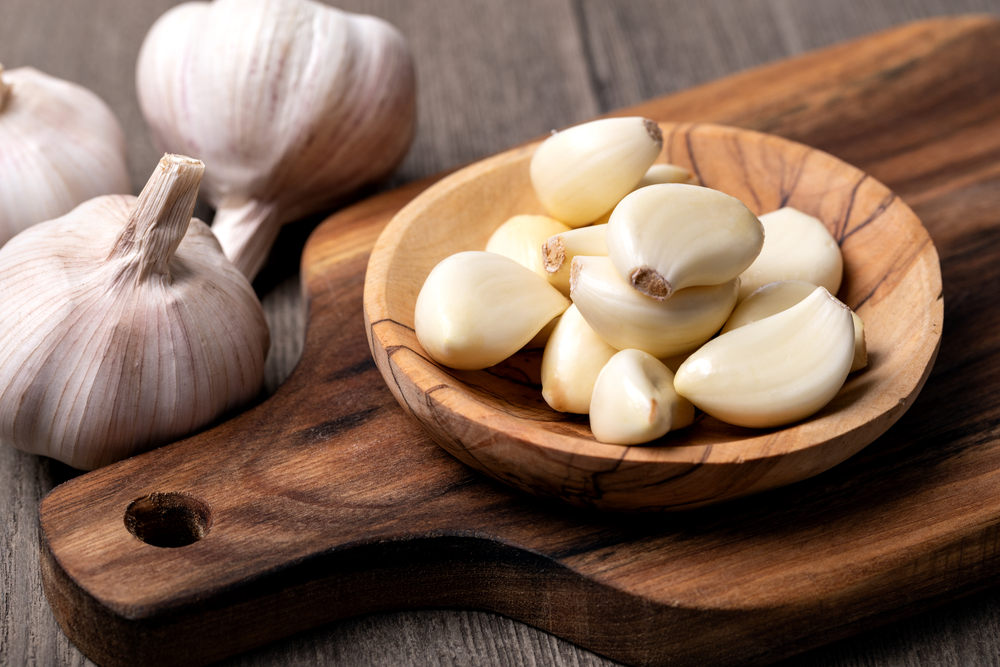
When in its raw form, garlic has a taste that can only be described as pungent, earthy, and spicy. This flavor changes, however, when you cook the garlic. Once cooked, the flavor of the garlic becomes nutty and more unique.
Garlic also becomes sweeter when it has been cooked. This takes away the spicy flavor that we can sense before we even taste raw garlic due to its smell. The flavor becomes more bearable for those who do not like to eat raw garlic due to the spicy and pungent flavor.
Why Does It Taste So Good?
A compound known as allicin is the main contributor to the taste of garlic. This compound is often produced during the chopping or crushing of garlic, and it can cause the garlic to have such a strong flavor.
Luckily, allicin is a volatile compound that easily evaporates and dissipates into the air. Thus, the flavor quickly disappears when the garlic has been left out for a small period of time, so the flavor becomes more mild and is easier to be eaten.
What Makes Cooked Garlic a Little Bitter?
Raw garlic is known for its pungent, spicy, and earthy flavoring. This flavor changes when the garlic is cooked. When you overcook your garlic, the sulfuric compounds that are present in the garlic can become bitter. This is what gives cooked garlic a taste that is mildly bitter.
It is these compounds that can also be the reason behind the odor of garlic. The compounds that are responsible for the taste and odor of garlic are an organosulfur compound. These compounds are often the ones that are produced when the garlic is crushed or chopped.
These compounds are also responsible for the many health benefits that can come with eating or using garlic.
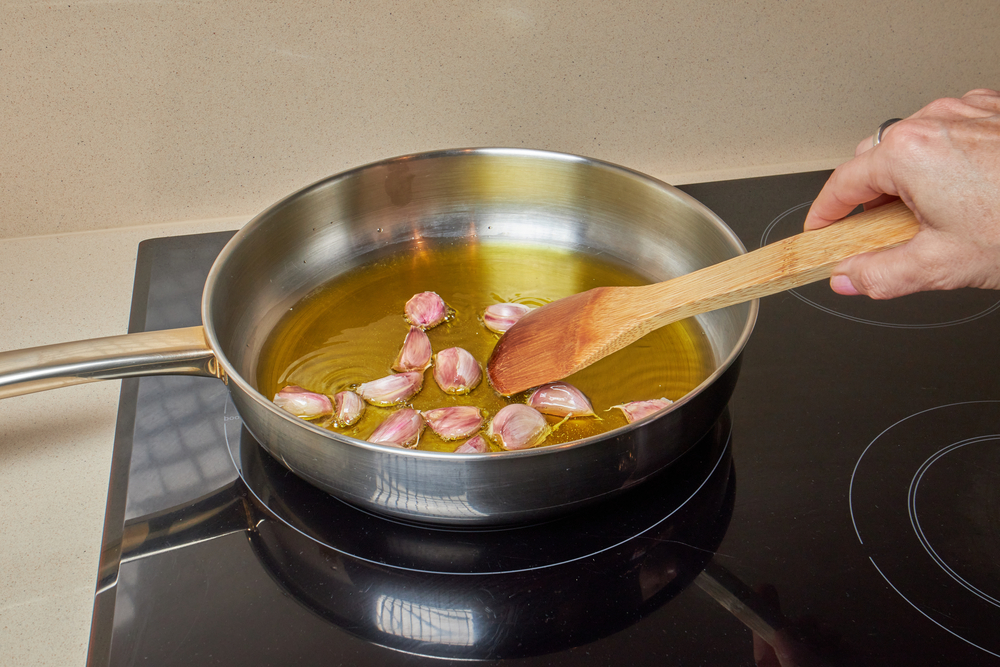
Conclusion
Some people may not enjoy garlic because of its pungent, earthy, and spicy flavor that is evident before the garlic hits your tongue. You become aware of how the garlic will taste because the smell of the garlic will hit your nose before you can have a taste.
Some enjoy the taste of garlic. Garlic tends to taste much better after it has been cooked, but overcooking garlic can cause it to have a bitter taste. Cooking garlic can make it have a nutty flavor that is also sweet.
Garlic is used in many recipes, such as garlic bread and garlic sauce, but it also has many health benefits. Eating garlic can help to lower your risk of heart disease, help the overall health of your heart, and help with lowering your cholesterol levels. It is believed that garlic can also help to fight or lower the chance of cancer, but more research is needed to prove this.



